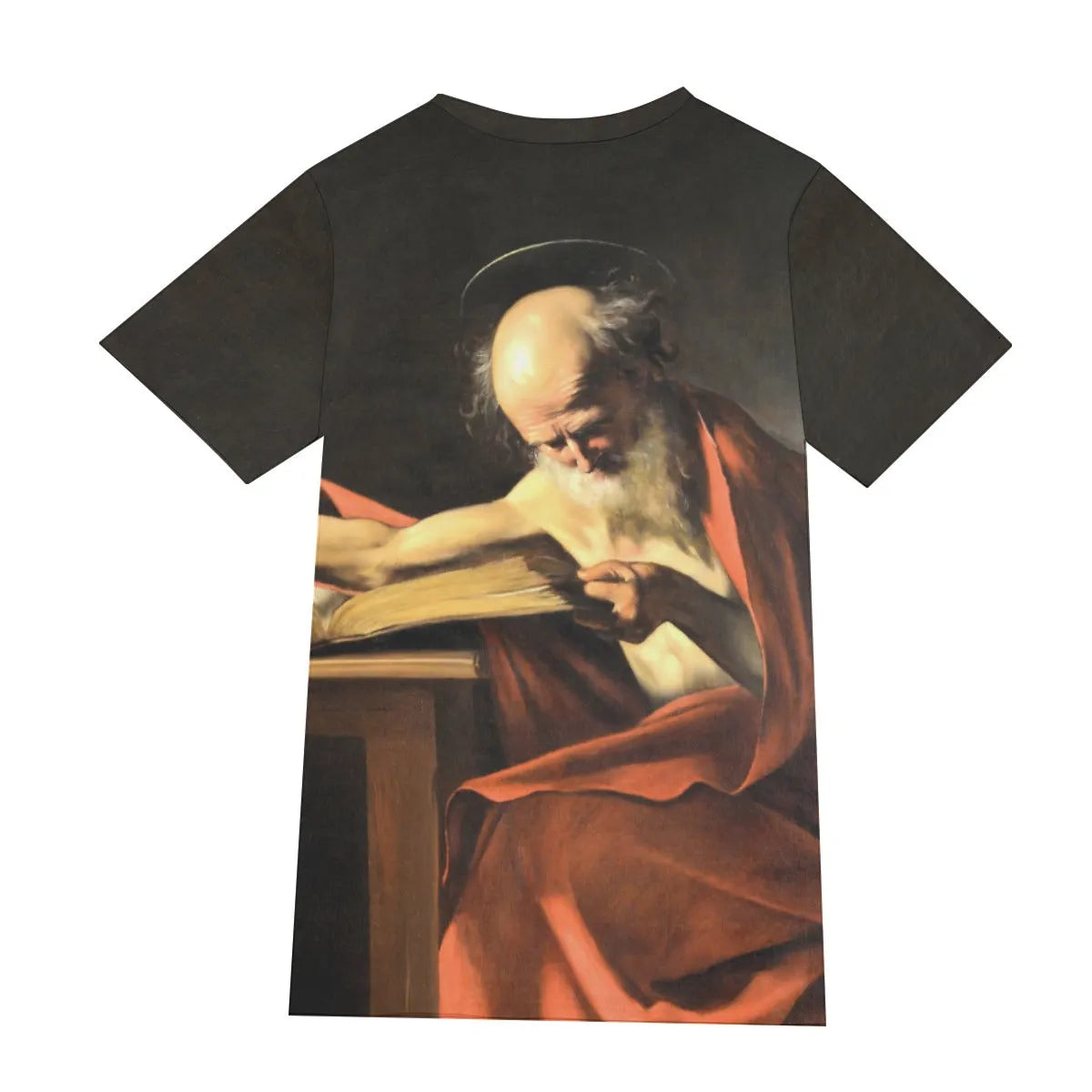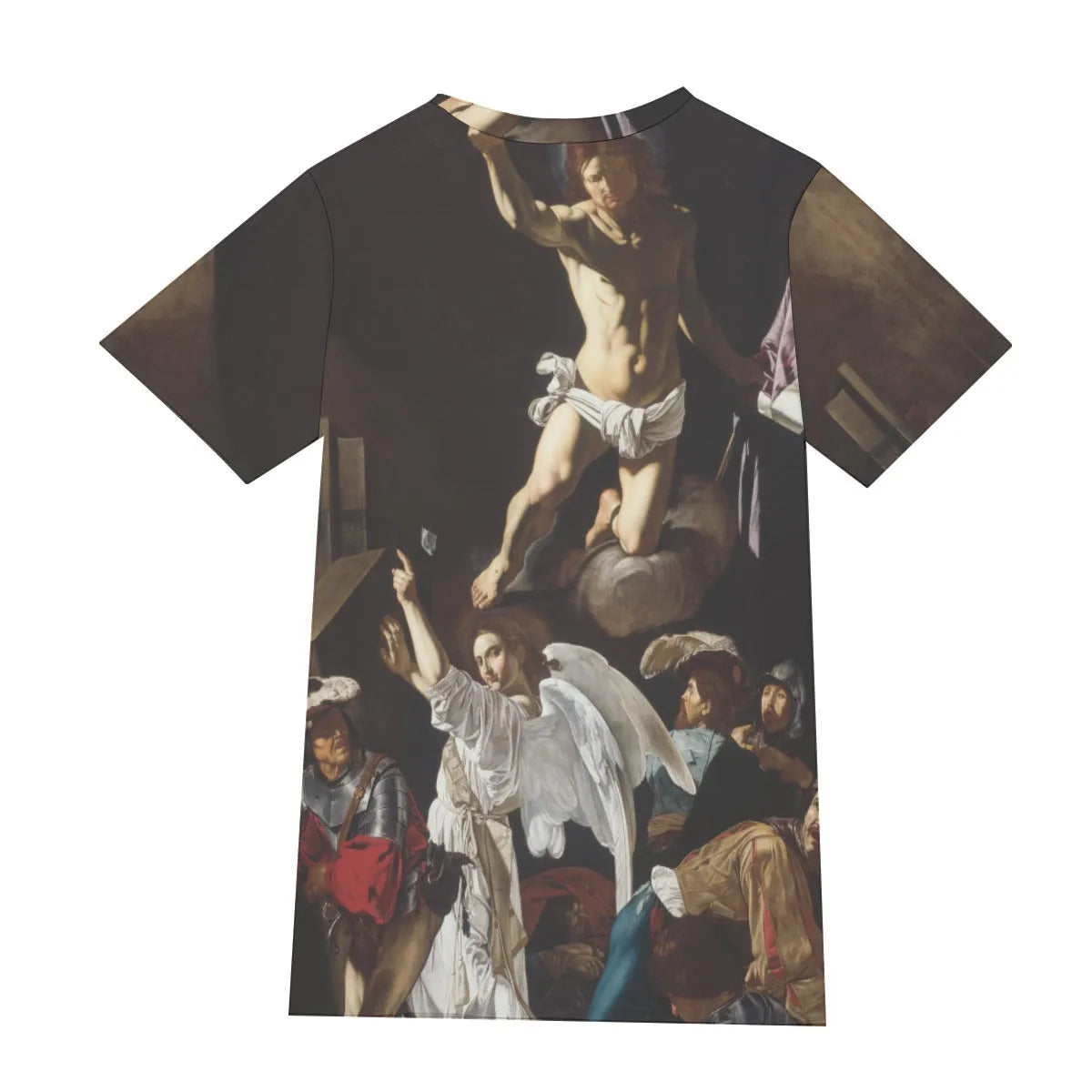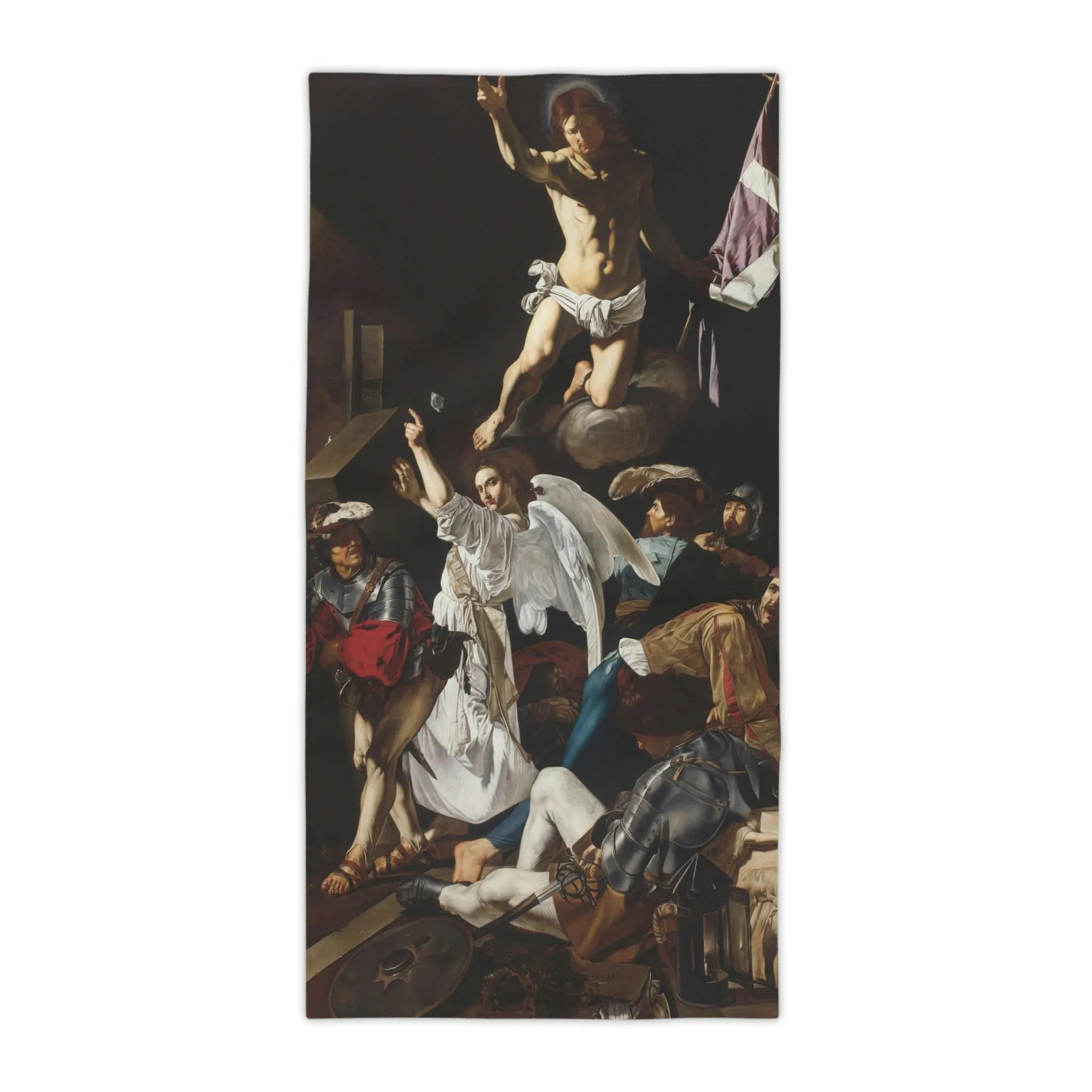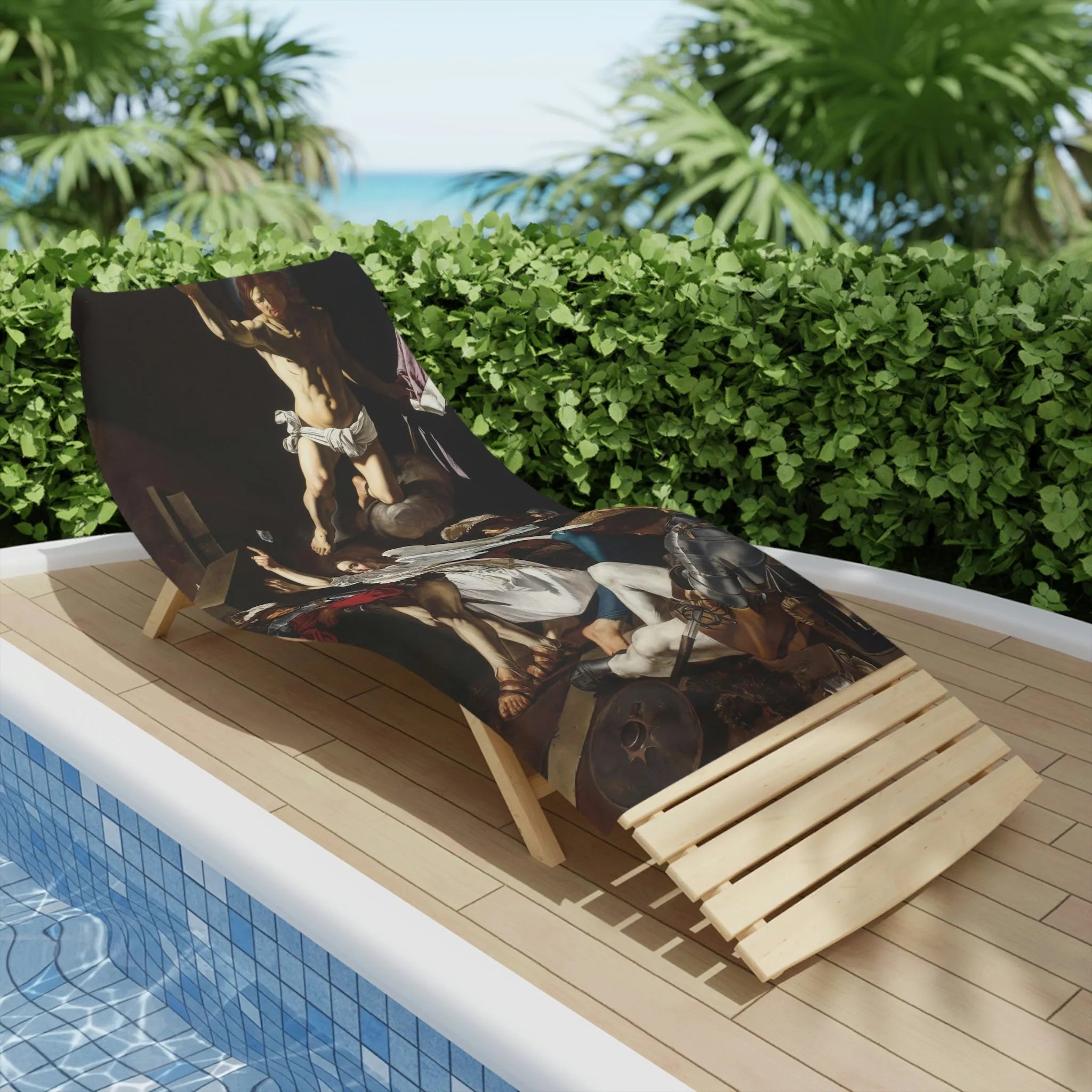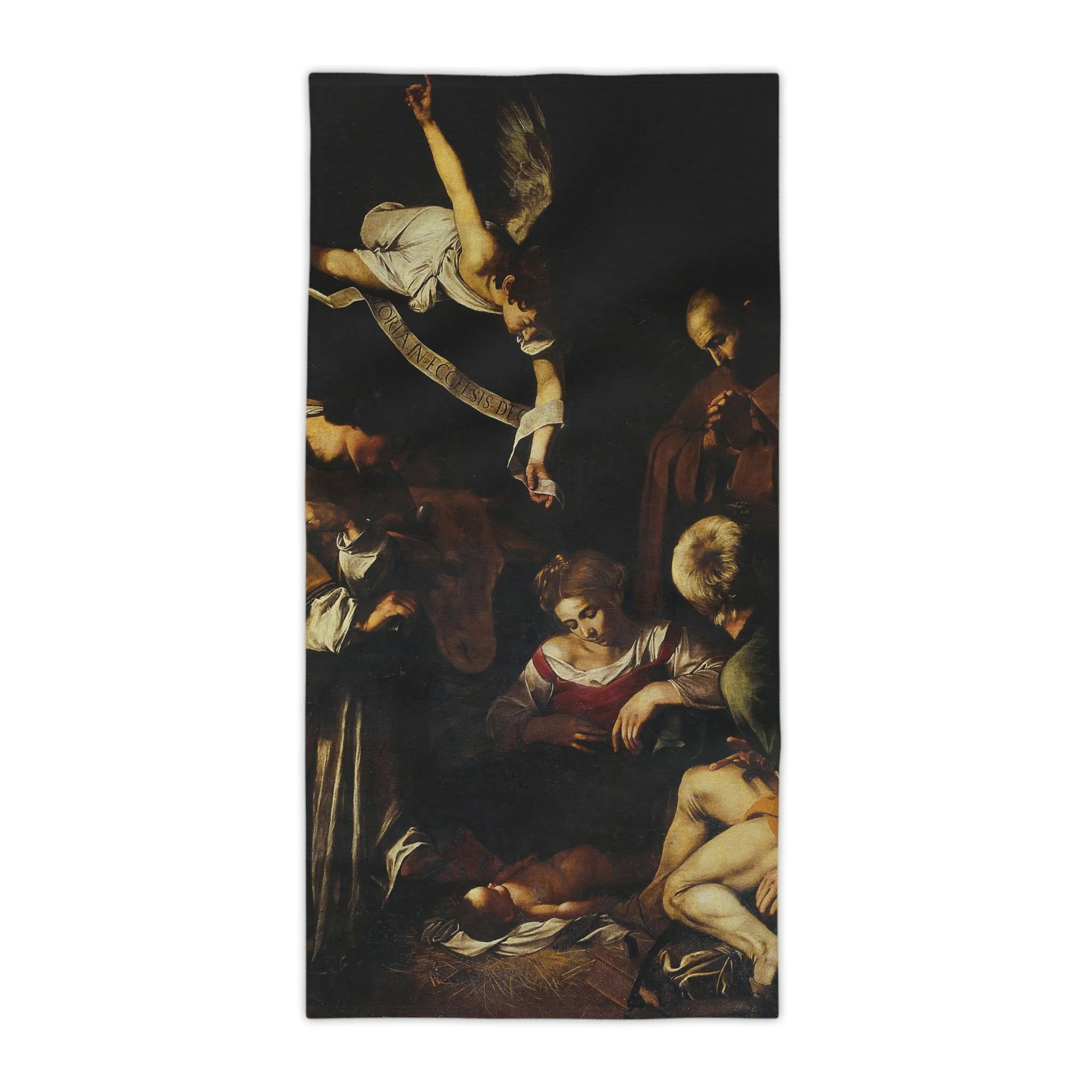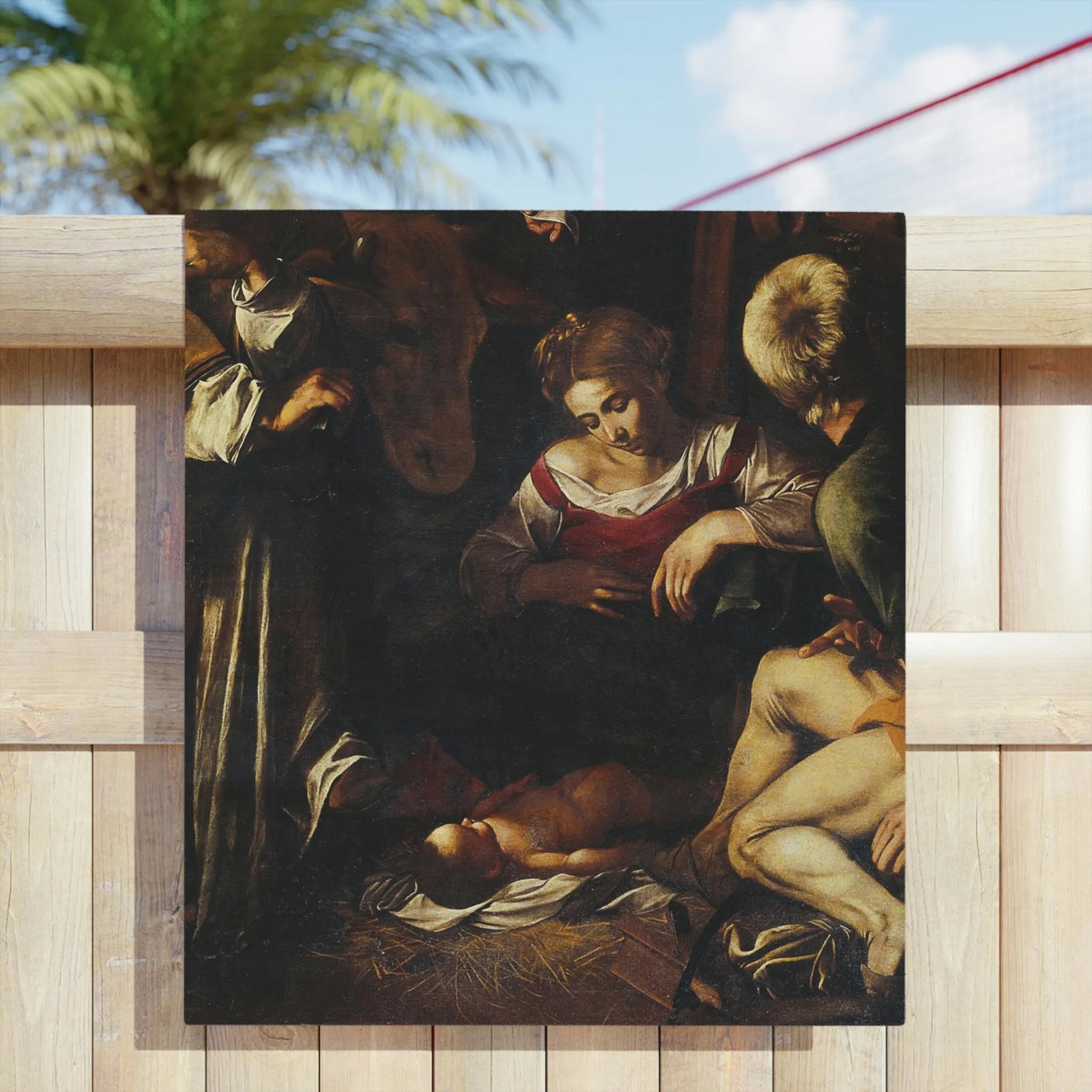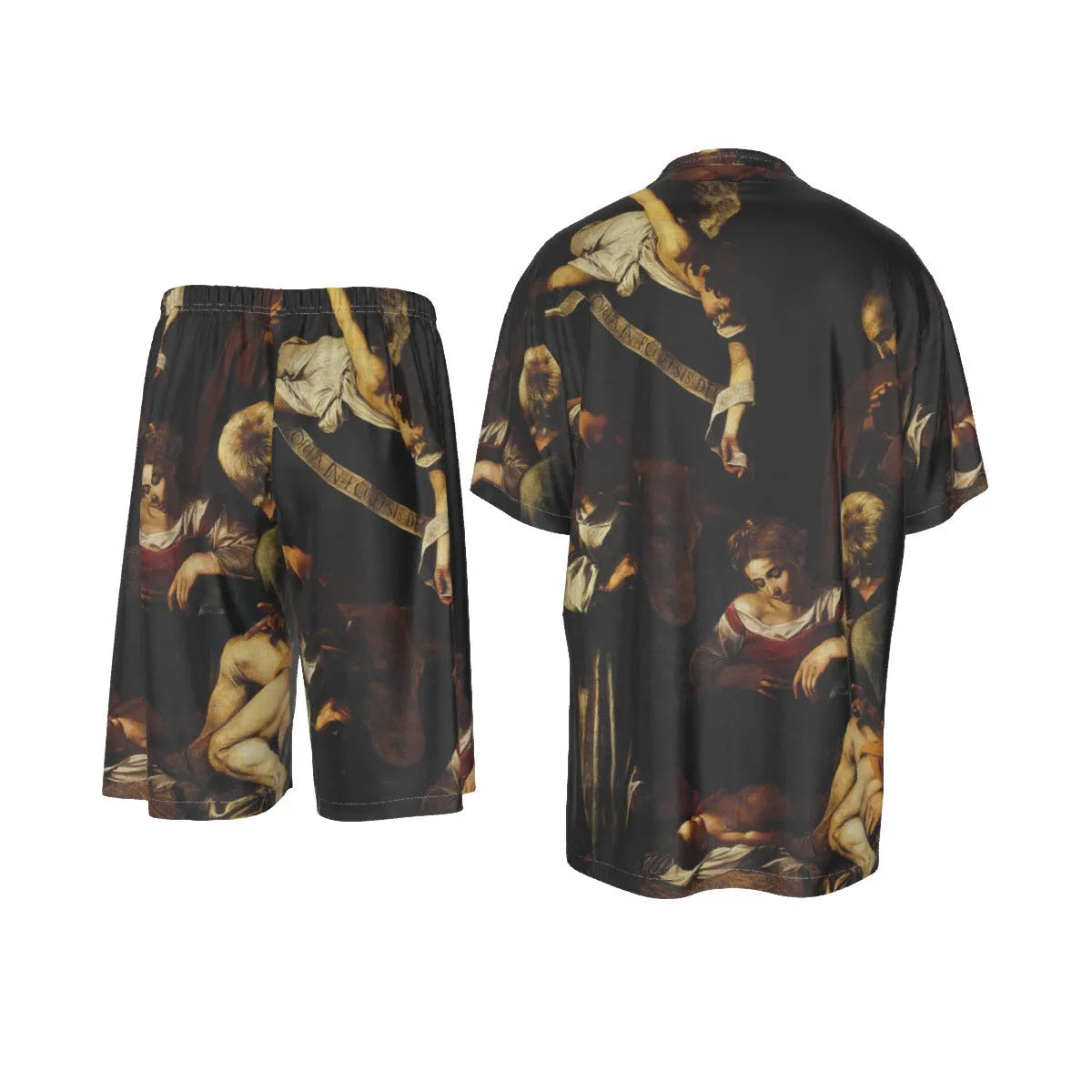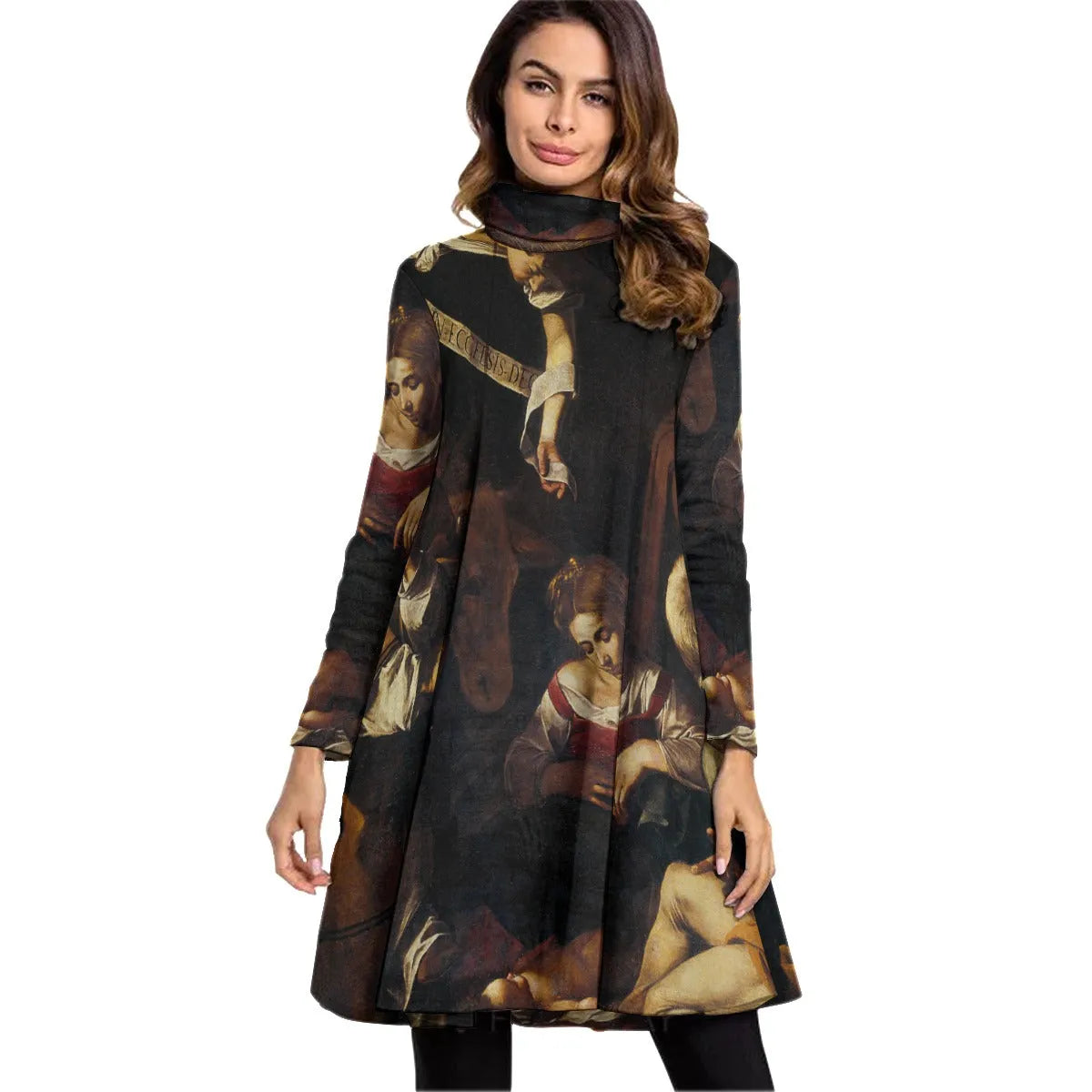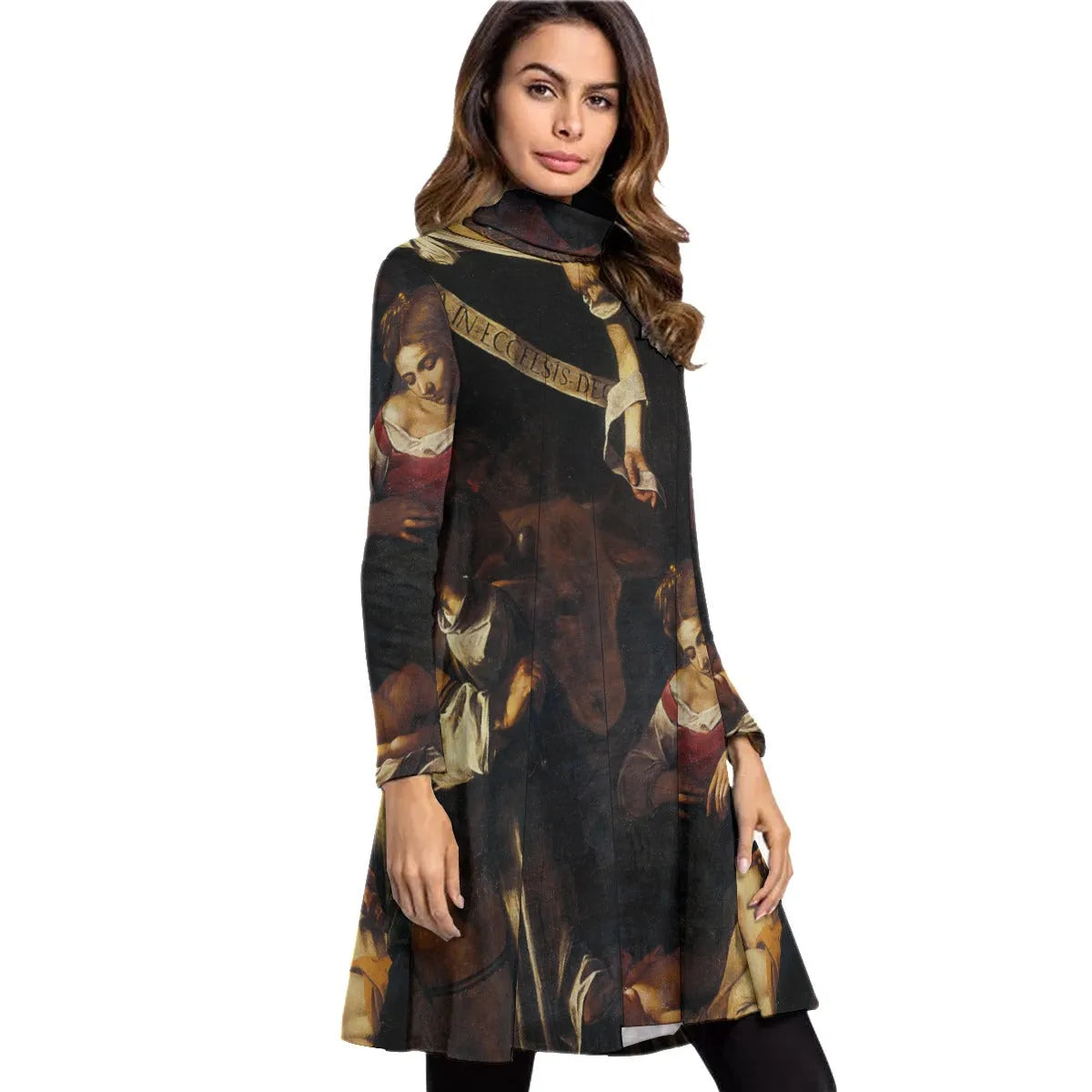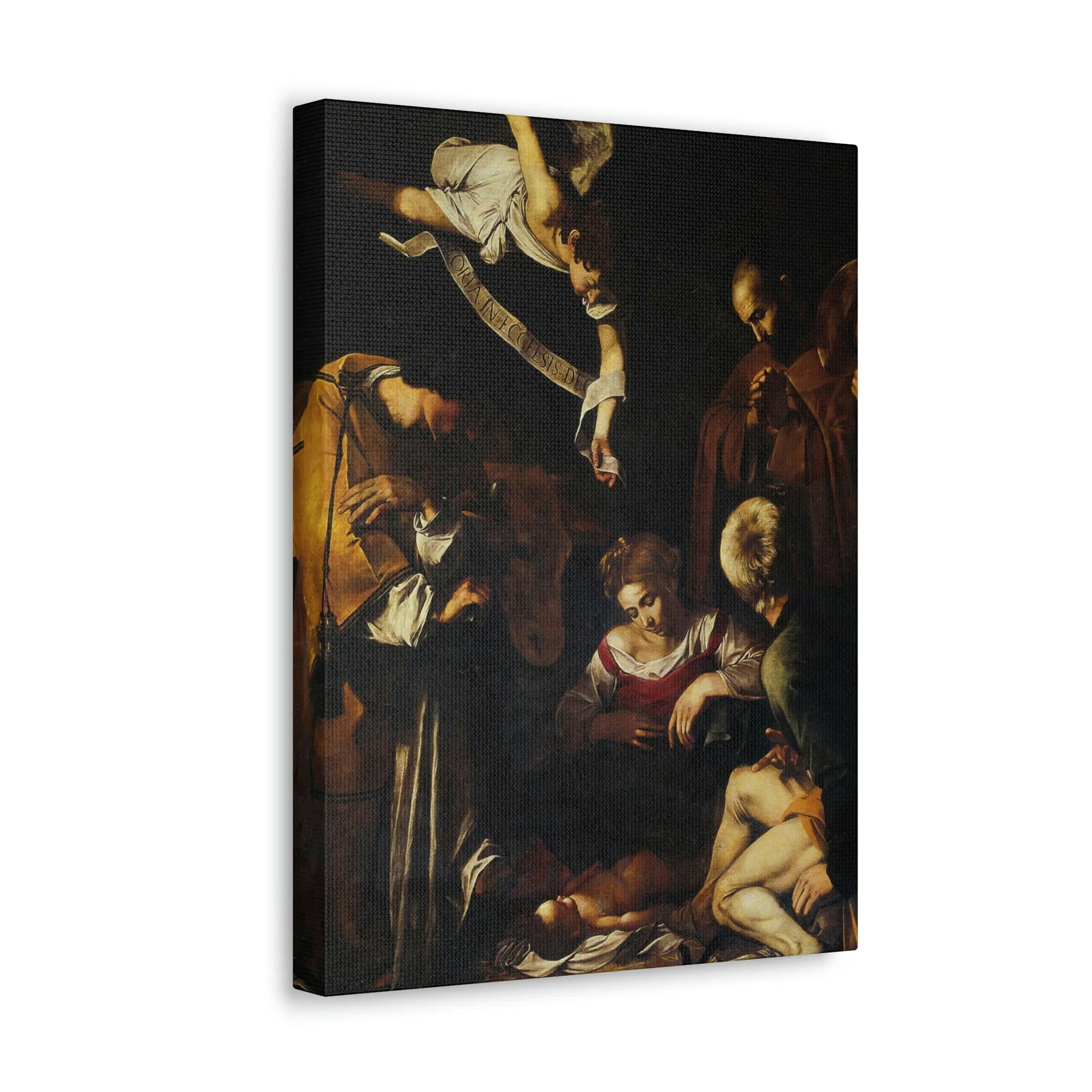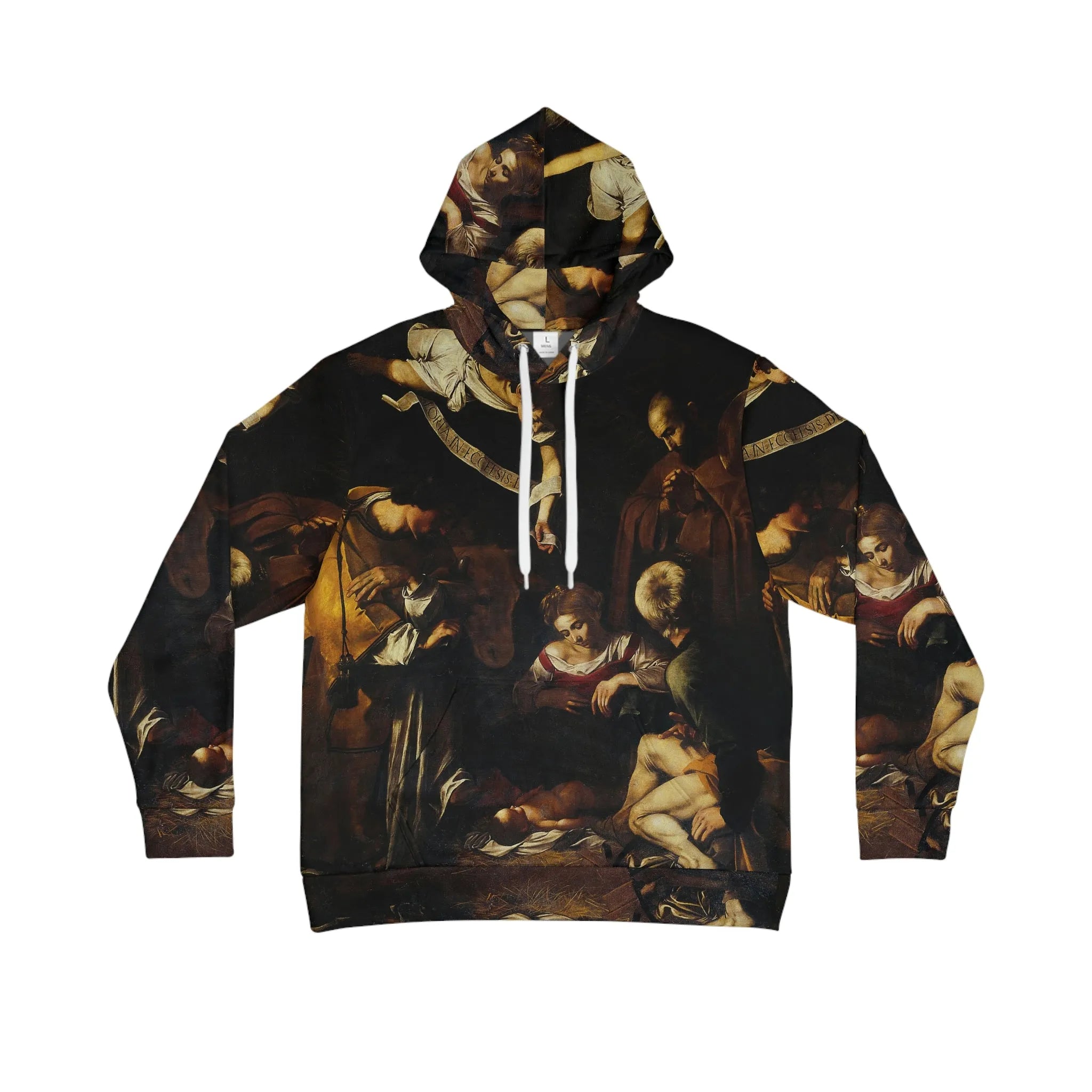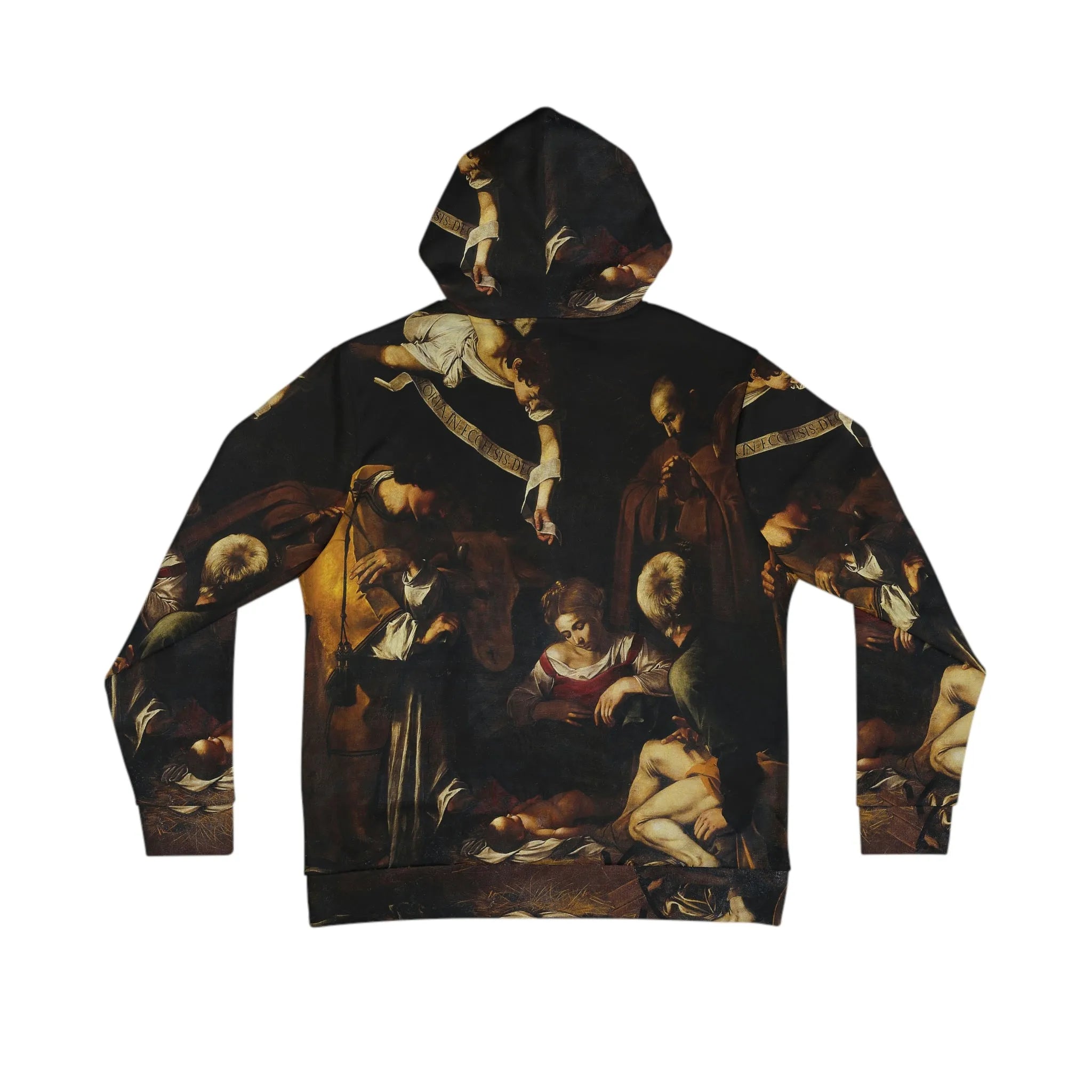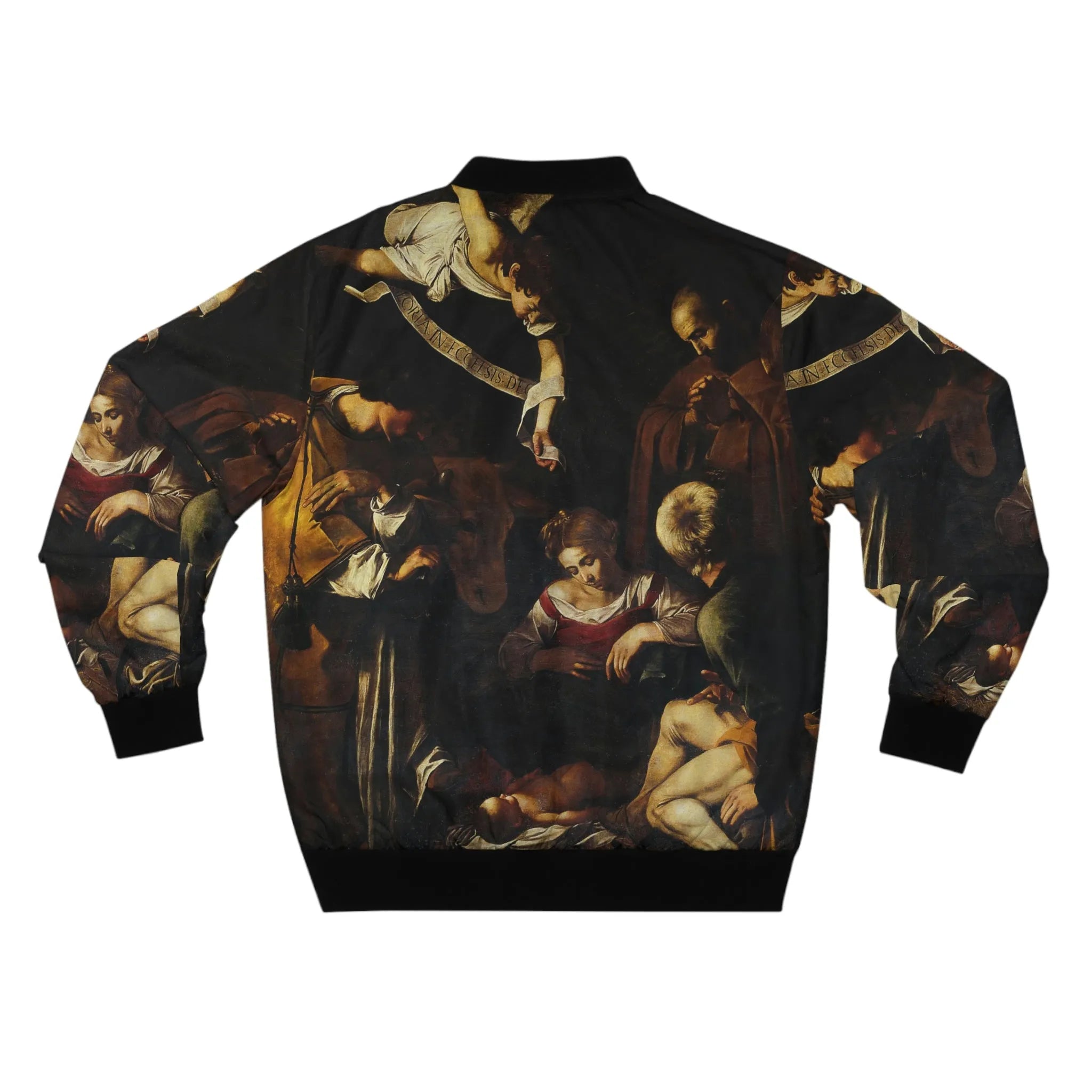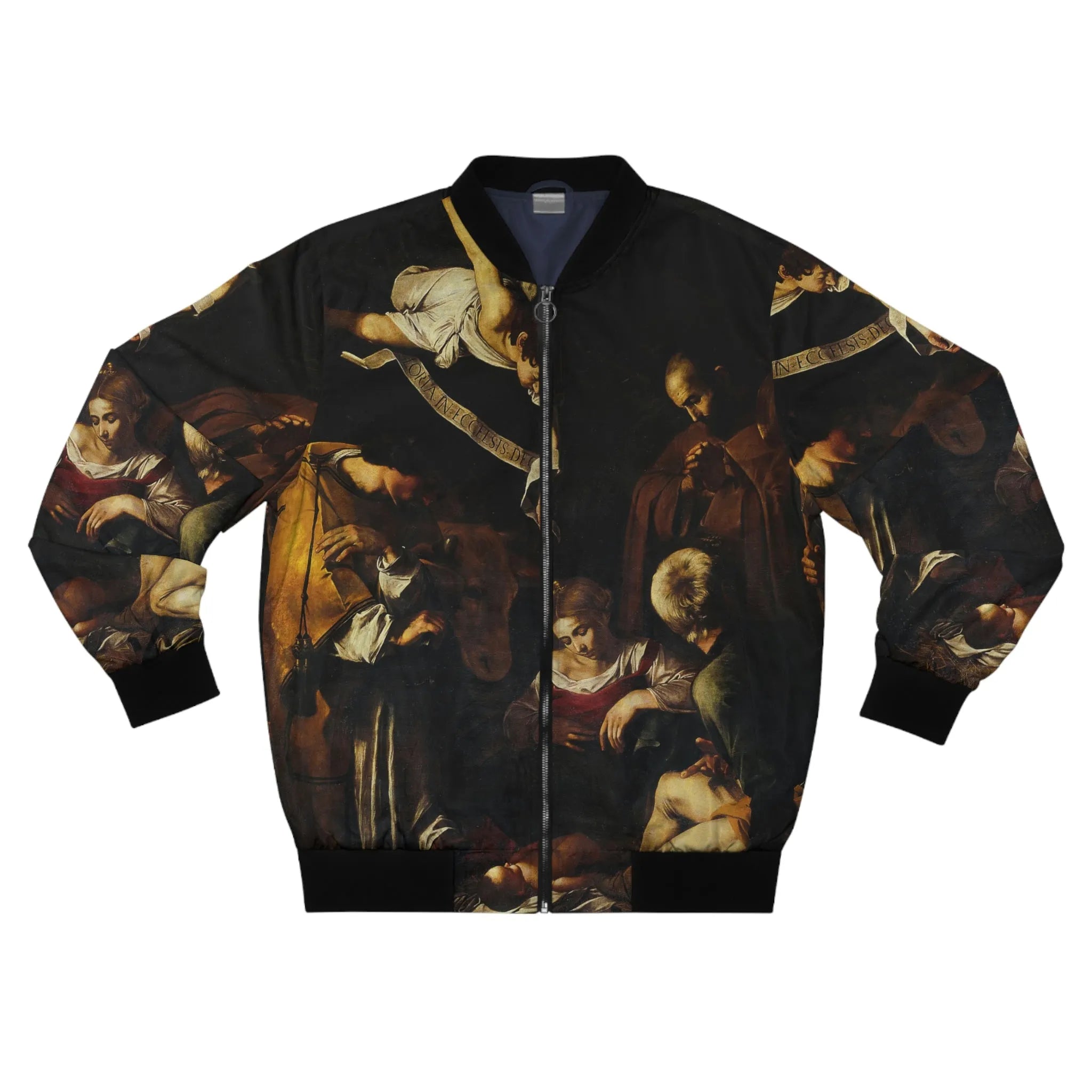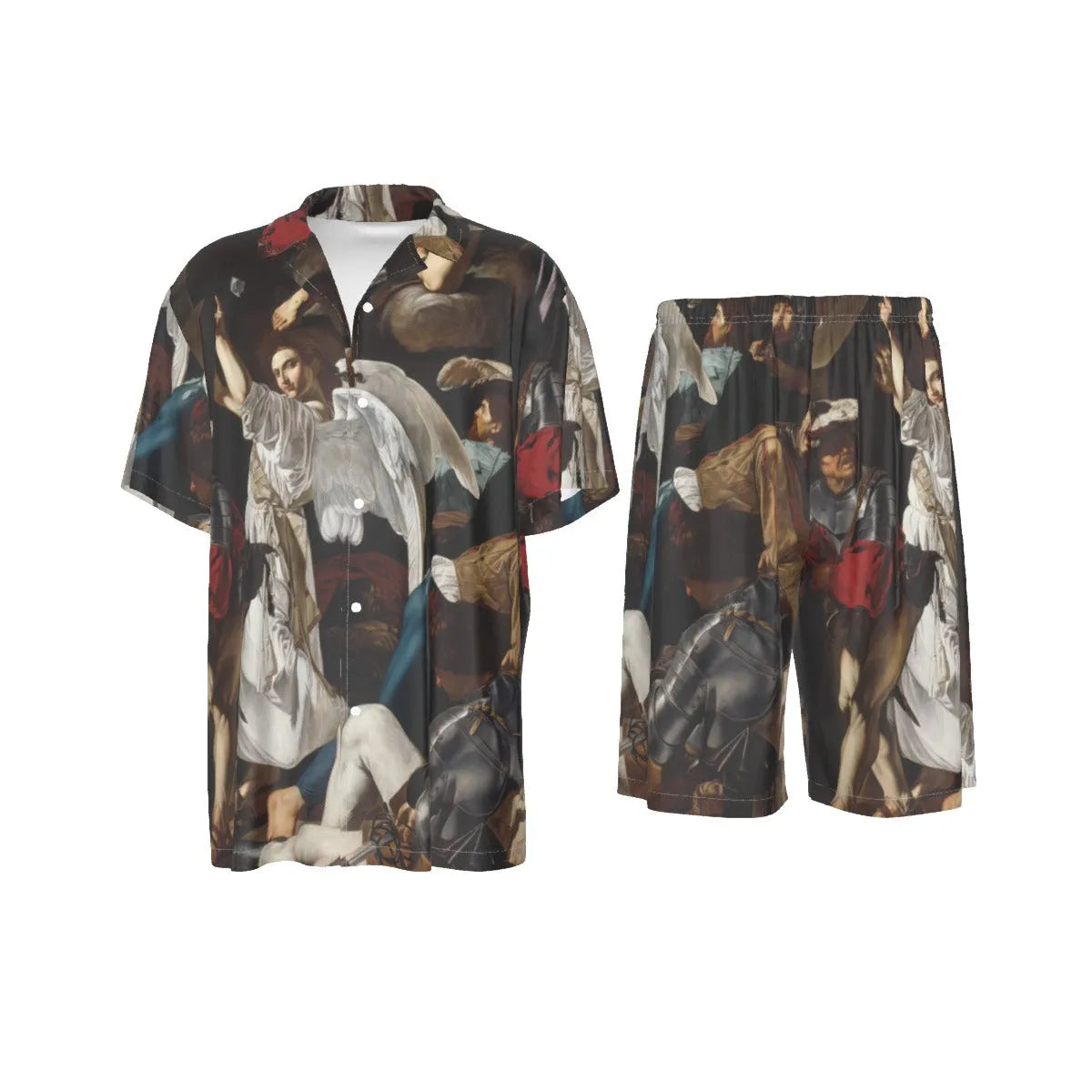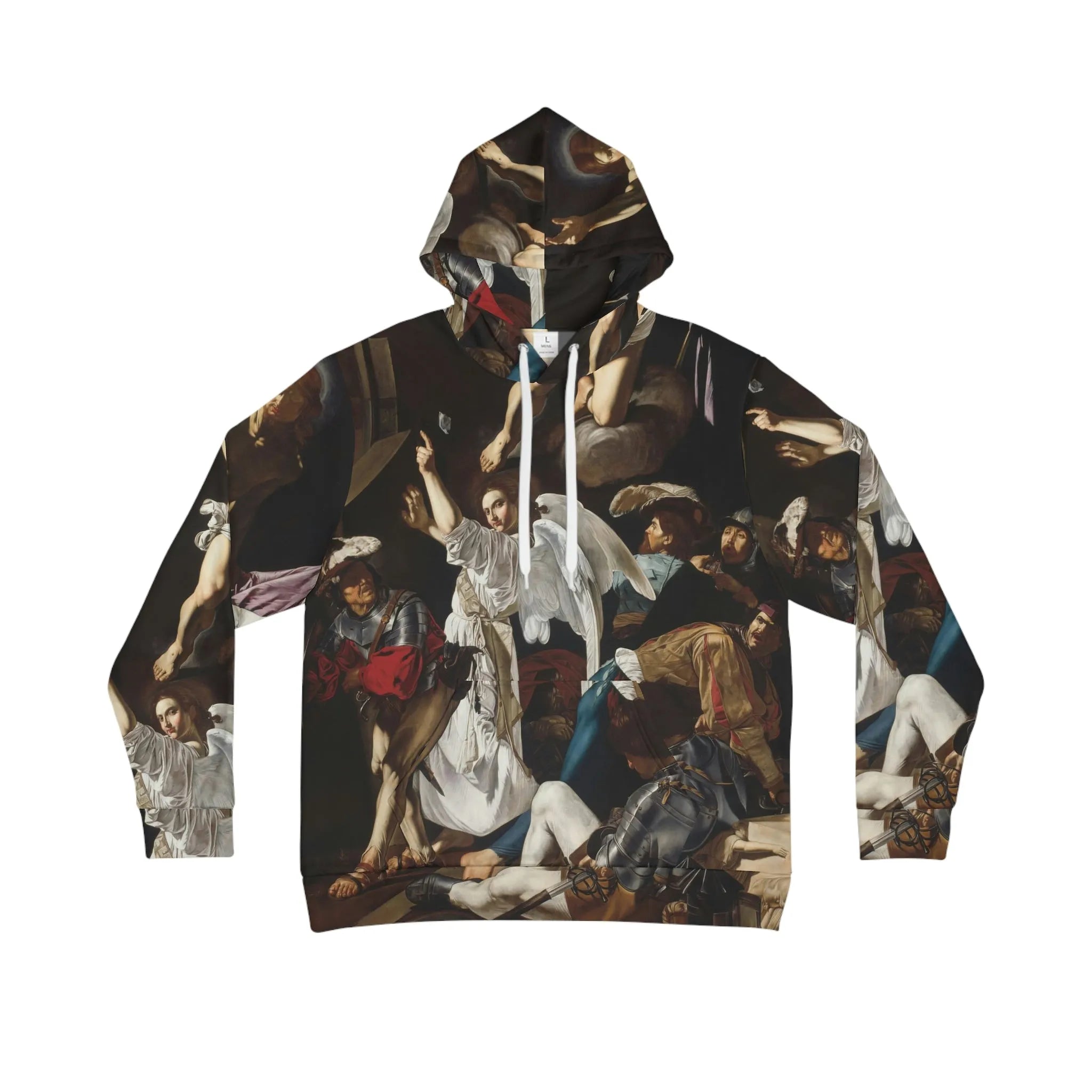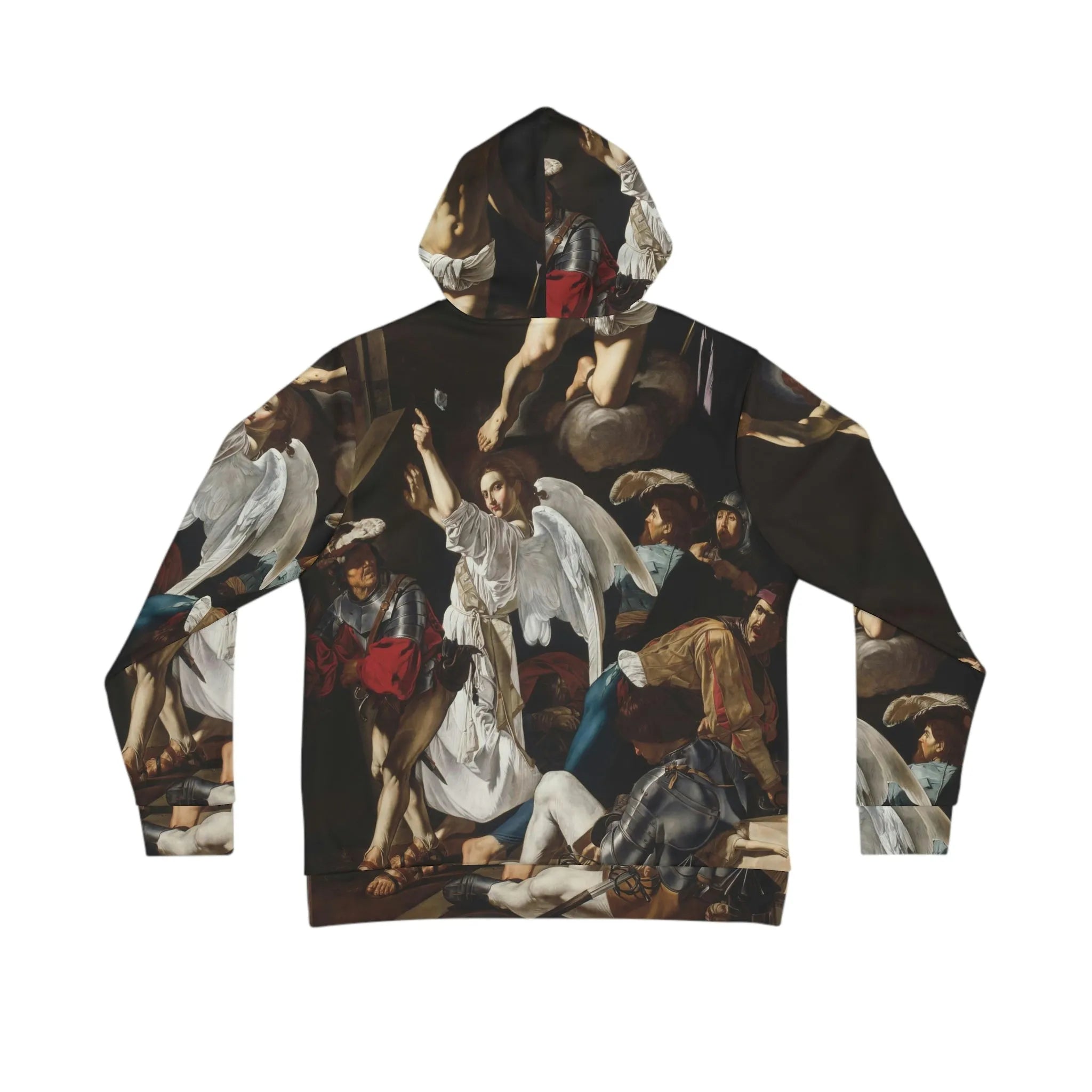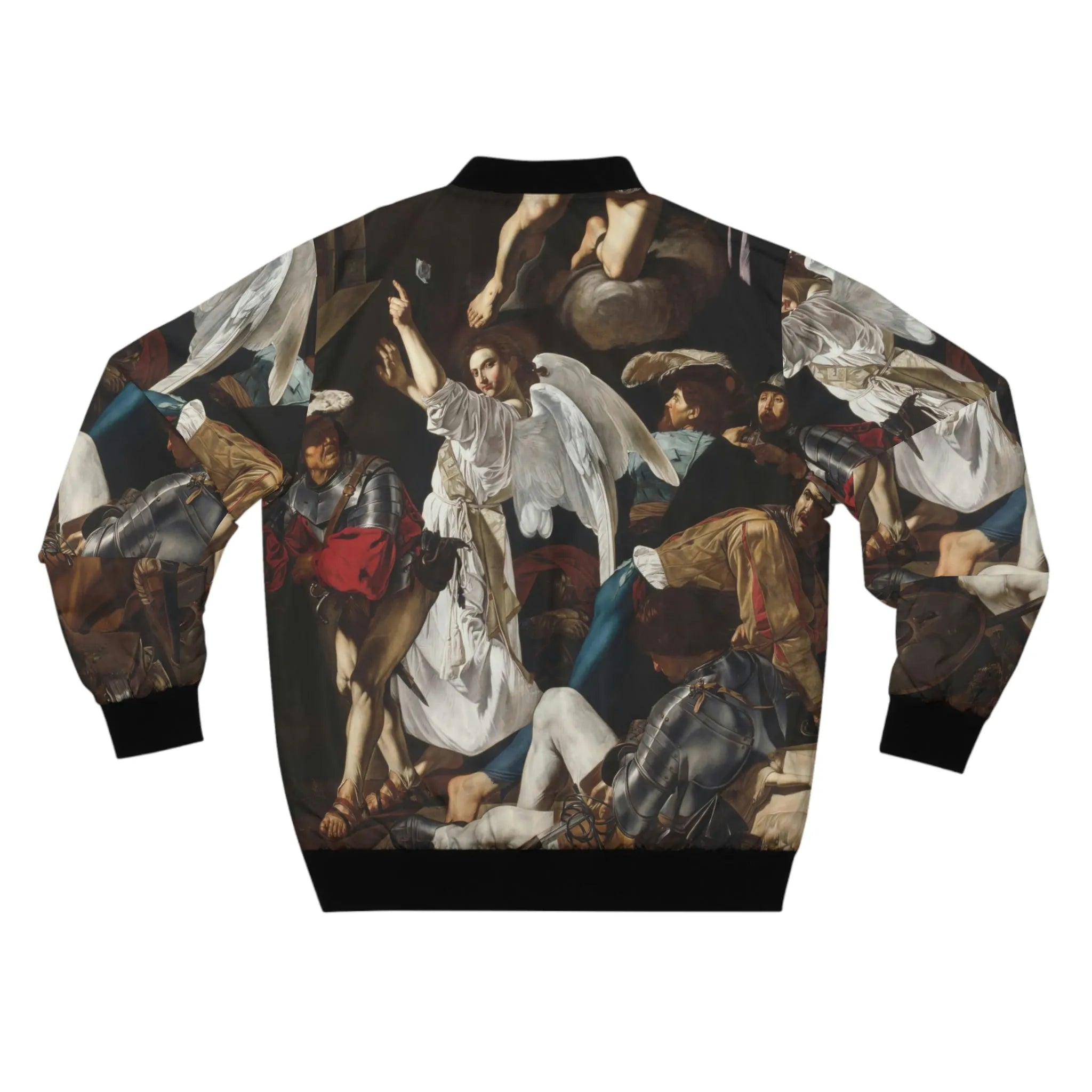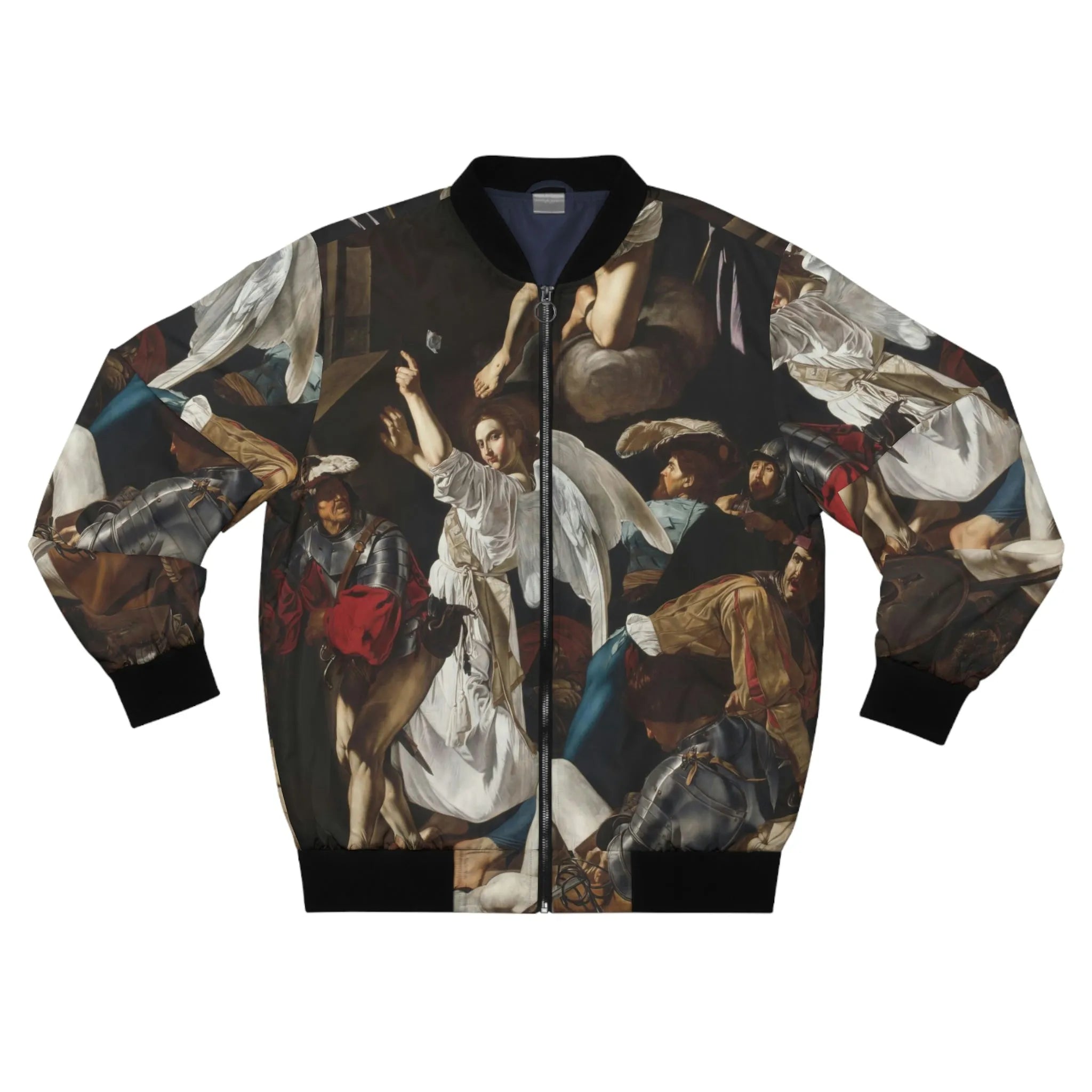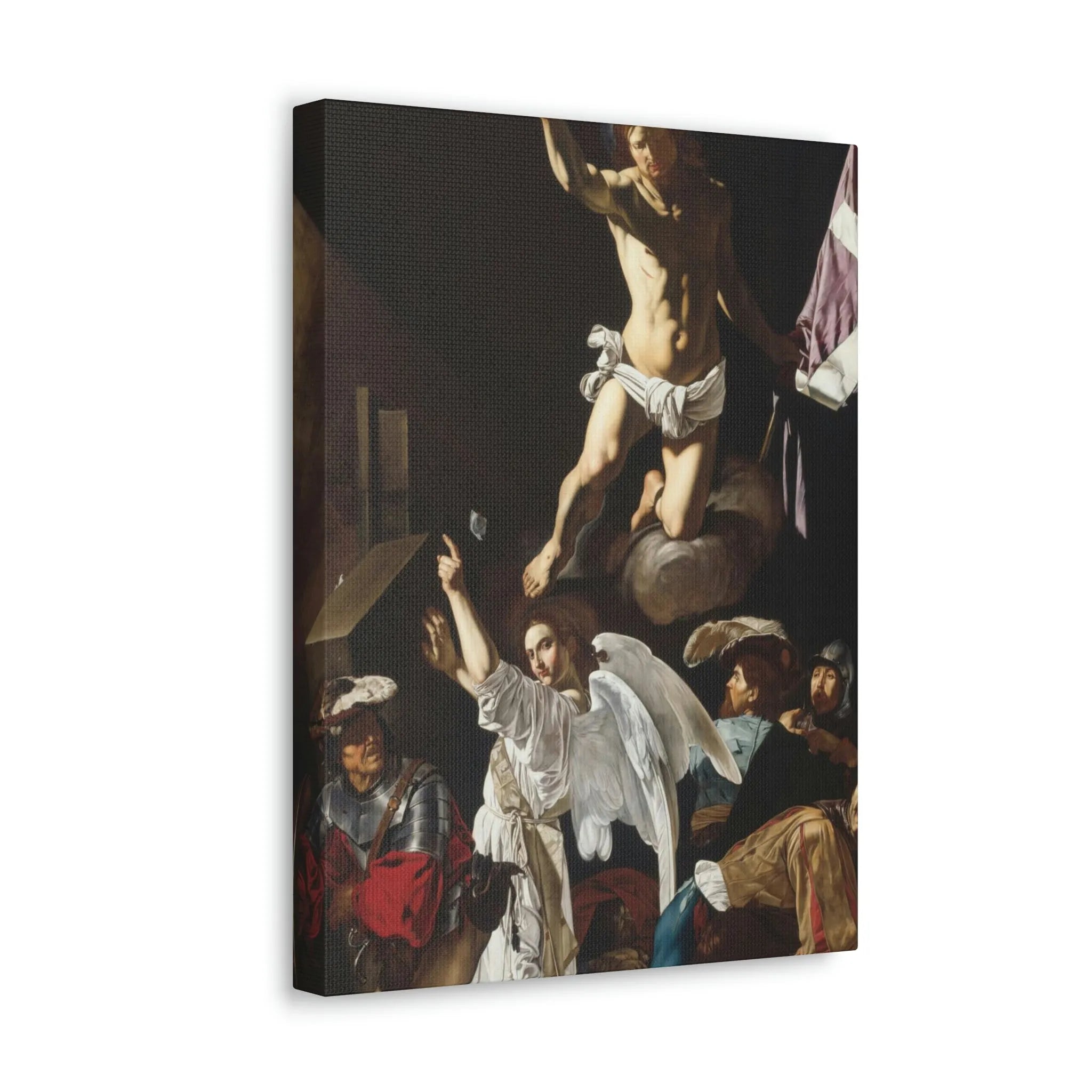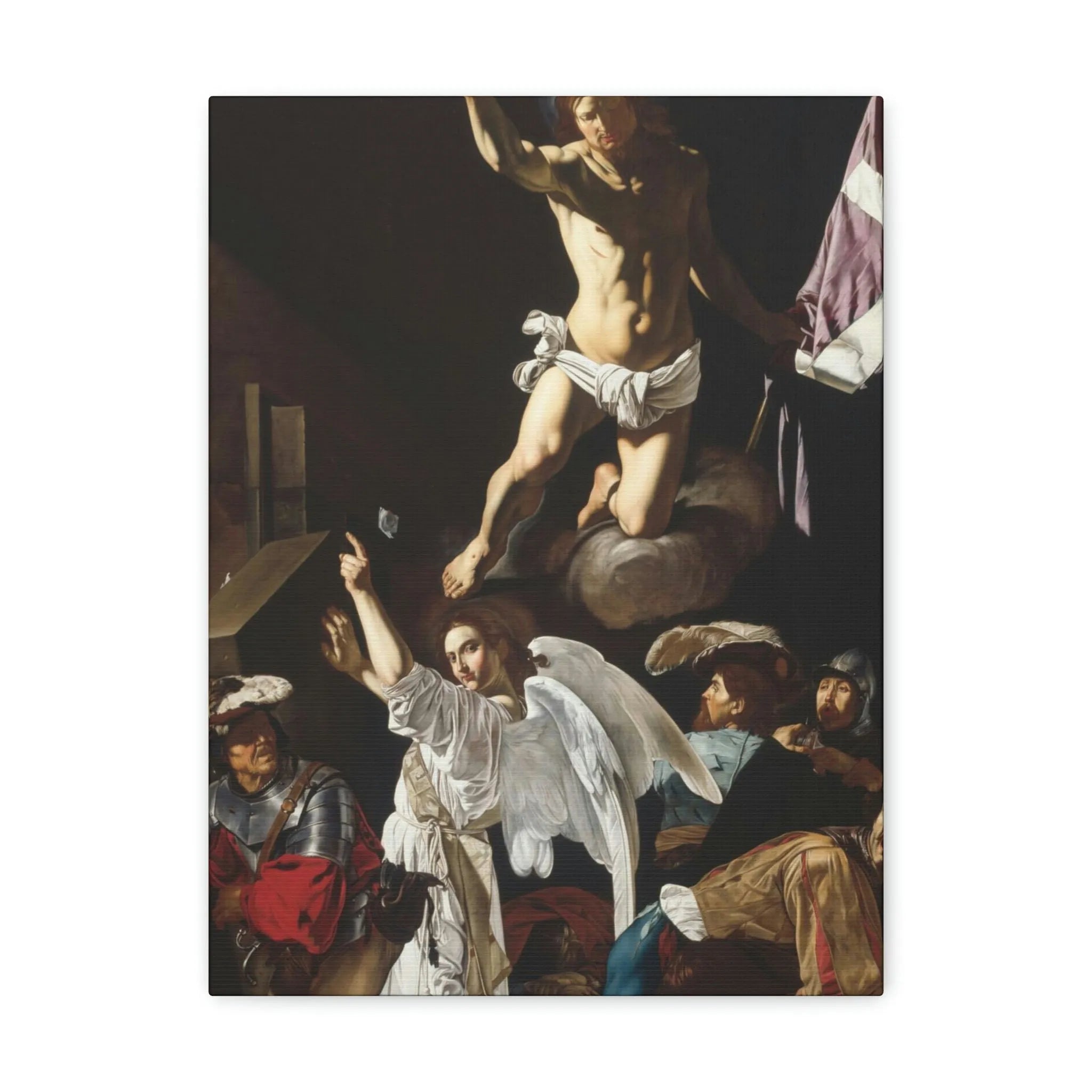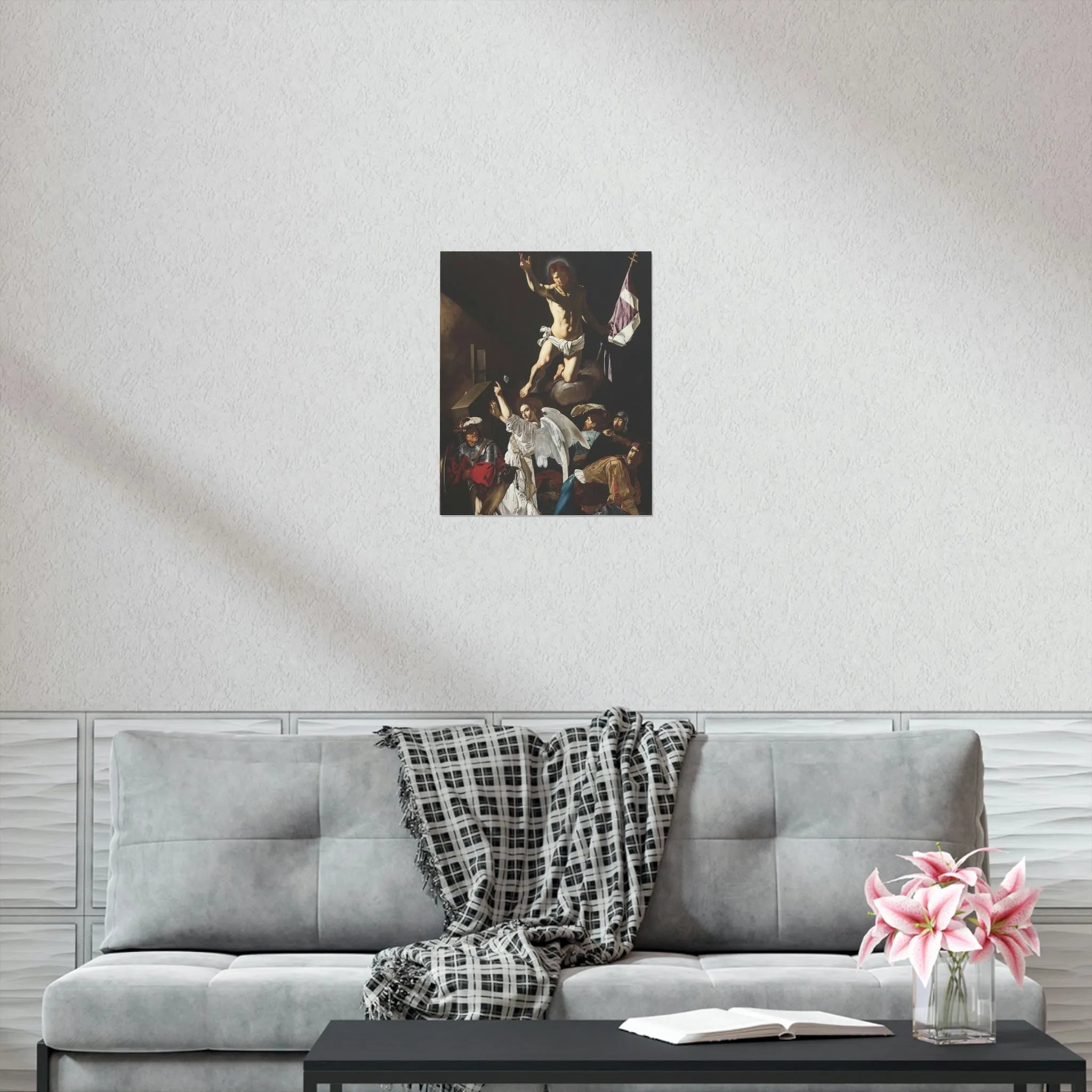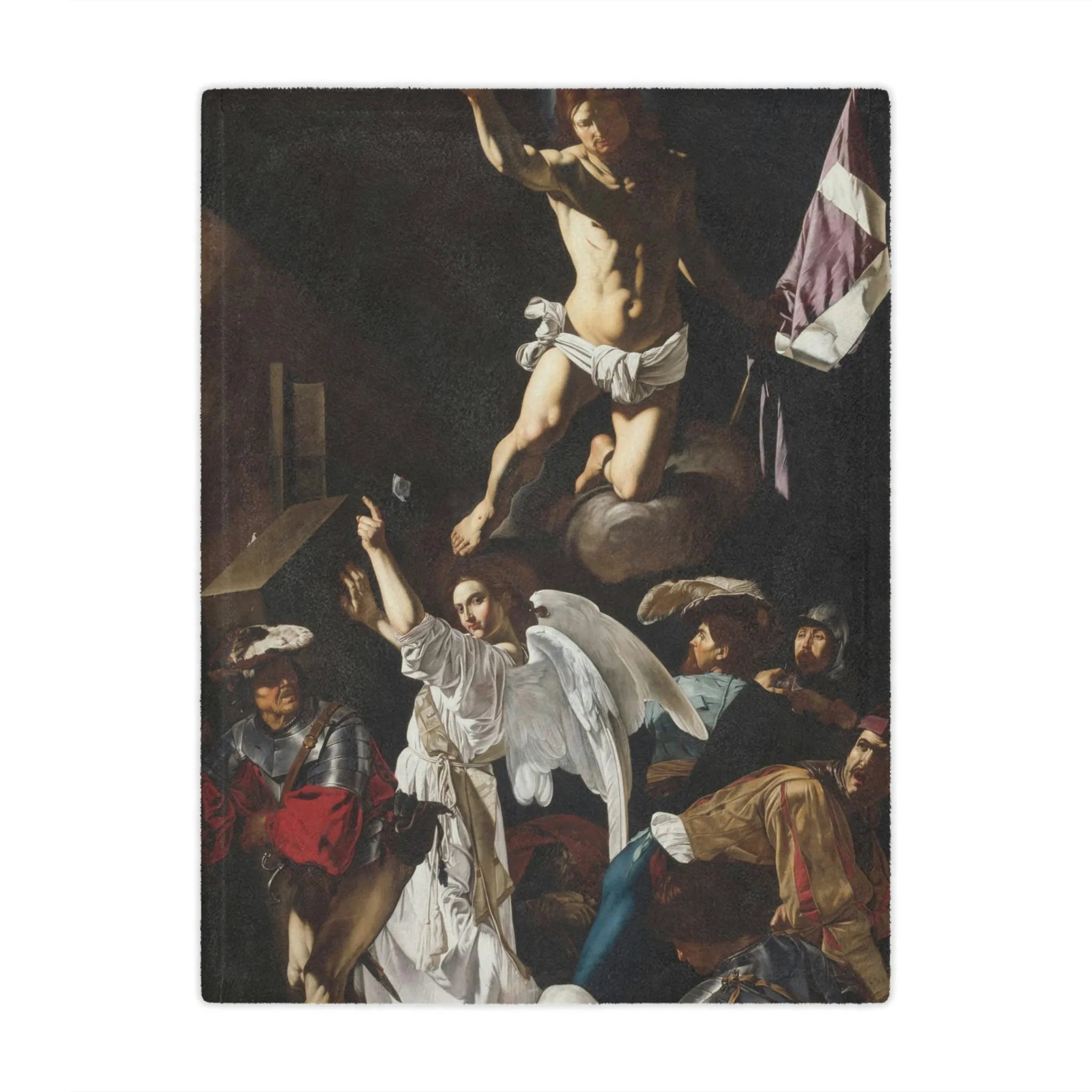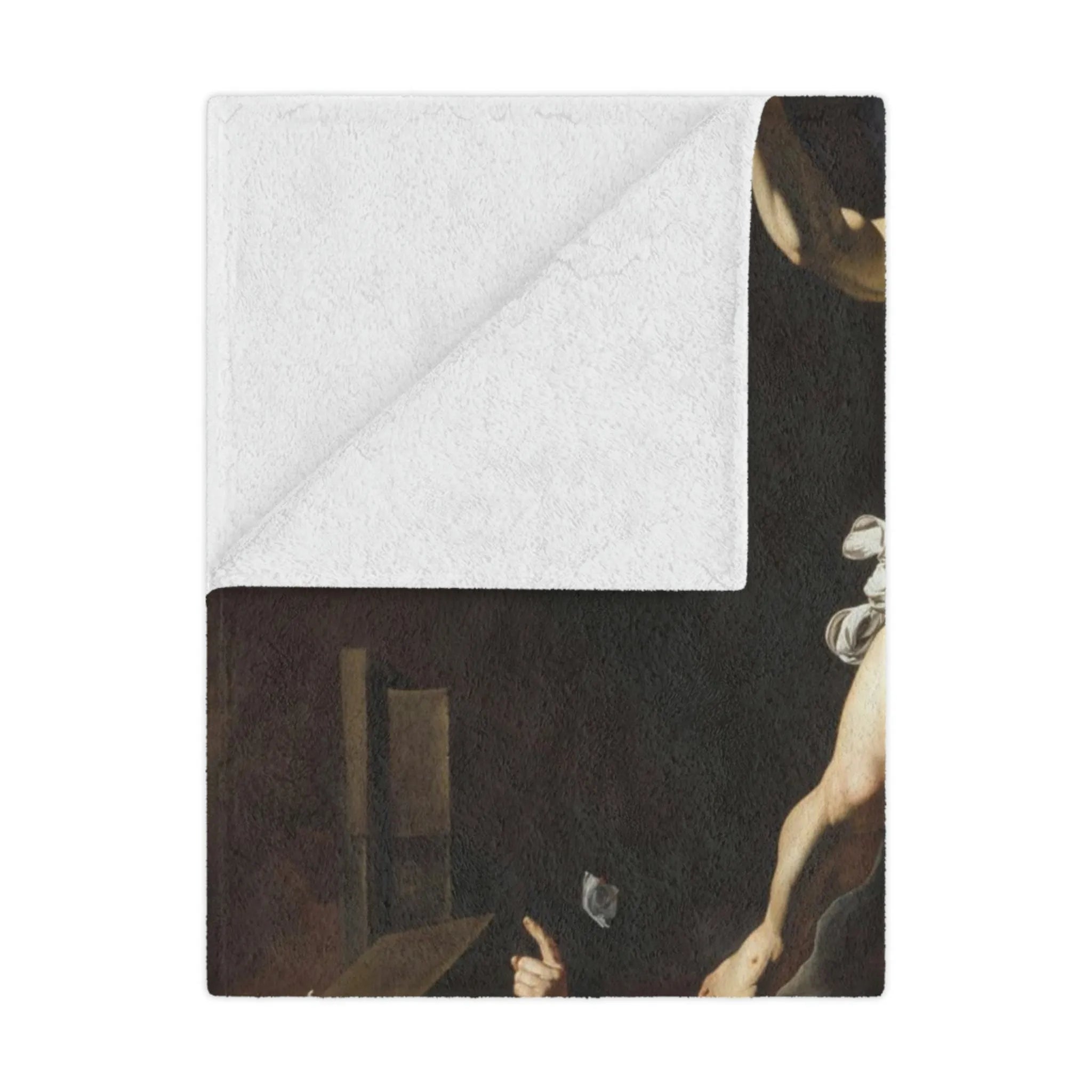Caravaggio, the renowned Italian Baroque artist of the 17th century, left an indelible mark on the world of art with his revolutionary paintings. In this article, we will delve into the life and works of Caravaggio, exploring the captivating stories behind his masterpieces and the lasting impact he has had on the art world.
Early Life and Influences
Caravaggio's journey as an artist began in the bustling streets of Milan, Italy, in 1571. Raised in a tumultuous environment, he witnessed the stark realities of life, which would later be reflected in his art. His early exposure to the works of Lombard artists would influence his unique style.
The Caravaggisti Movement
Caravaggio's innovative approach to art spurred the Caravaggisti movement, a group of artists who adopted his naturalistic and dramatic style. This movement would have a profound influence on the evolution of Baroque art.
Techniques and Innovations
Use of Chiaroscuro
Caravaggio was a master of chiaroscuro, a technique that involved the dramatic use of light and shadow. This technique added depth and realism to his paintings, making them stand out from the art of his time.
Naturalism and Everyday Subjects
Unlike his contemporaries who often painted idealized figures, Caravaggio brought ordinary people into the limelight. His paintings depicted the raw emotions and struggles of everyday life.
Masterpieces That Transcend Time
Caravaggio's oeuvre is a treasure trove of iconic paintings that have captivated art enthusiasts for centuries. Let's explore some of his most renowned works:
-
"The Calling of Saint Matthew"
This masterpiece, located in the Contarelli Chapel in Rome, is a prime example of Caravaggio's use of chiaroscuro. It depicts the moment when Jesus calls Matthew, a tax collector, to follow him. The play of light on the characters' faces adds an ethereal quality to the scene.
-
"Judith Beheading Holofernes"
In this intense and gruesome painting, Caravaggio portrays the biblical tale of Judith beheading the Assyrian general Holofernes. The raw emotion on Judith's face and the use of light and shadow make this artwork unforgettable.
-
"The Supper at Emmaus"
Caravaggio's ability to capture the human experience is evident in "The Supper at Emmaus." The painting depicts the moment when Jesus reveals himself to two disciples in the humble setting of an inn. The expressions of astonishment on the disciples' faces are beautifully rendered.
Legacy and Influence
Caravaggio's tumultuous life and groundbreaking art continue to inspire artists and art enthusiasts worldwide. His influence can be seen in the works of countless painters who followed in his footsteps.
In the world of art, Caravaggio remains a shining star, whose paintings continue to resonate with viewers for their realism, emotion, and masterful use of light and shadow. His contributions to Baroque art are immeasurable, and his legacy lives on.
10 Most Famous Caravaggio Paintings
| Painting |
Year |
Location |
| The Calling of Saint Matthew |
1599-1600 |
San Luigi dei Francesi, Rome |
| Judith Beheading Holofernes |
c. 1598-1599 |
National Gallery of Ancient Art, Rome |
| The Supper at Emmaus |
1601 |
National Gallery, London |
| Medusa |
c. 1598-1599 |
Uffizi Gallery, Florence |
| The Conversion of Saint Paul |
1600-1601 |
Odescalchi Balbi Collection, Rome |
| Bacchus |
c. 1596 |
Uffizi Gallery, Florence |
| Narcissus |
c. 1597-1599 |
Palazzo Barberini, Rome |
| The Death of the Virgin |
1606 |
Louvre Museum, Paris |
| Saint John the Baptist |
c. 1602-1604 |
Nelson-Atkins Museum of Art, Kansas City |
| Amor Vincit Omnia |
c. 1601-1602 |
Gemäldegalerie, Berlin |
FAQs
Q1: What is chiaroscuro, and why is it significant in Caravaggio's paintings?
Chiaroscuro is a technique that involves the dramatic use of light and shadow to create depth and realism in paintings. It is significant in Caravaggio's works because it set him apart from his contemporaries and added a unique dimension to his art.
Q2: Why did Caravaggio choose to depict everyday subjects in his paintings?
Caravaggio was known for his penchant for realism and capturing the raw emotions of everyday life. He believed that ordinary people and their struggles were just as worthy of artistic representation as noble or idealized figures.
Q3: What is the Caravaggisti movement, and how did it impact the art world?
The Caravaggisti movement was a group of artists who adopted Caravaggio's naturalistic and dramatic style. It had a significant influence on the development of Baroque art, leading to a departure from traditional norms.
Q4: How did Caravaggio's life experiences shape his art?
Caravaggio's tumultuous upbringing and experiences in the streets of Milan exposed him to the harsh realities of life. These experiences influenced his art by instilling a sense of raw emotion and authenticity in his works.
Q5: Where can I view Caravaggio's paintings today?
Caravaggio's paintings are housed in various museums and churches around the world. Some of the notable locations include the Vatican Museums, the Uffizi Gallery in Florence, and the National Gallery in London.


